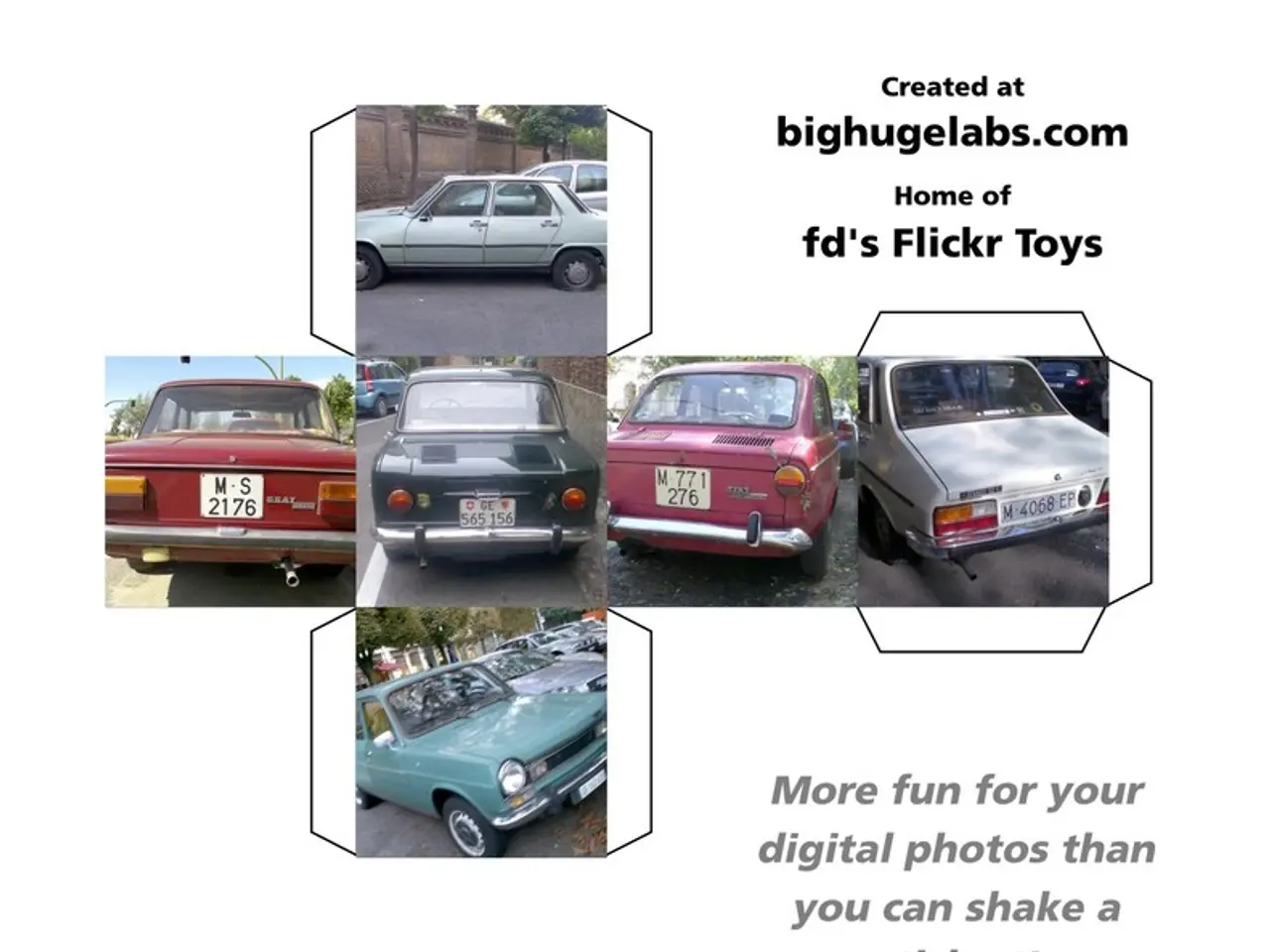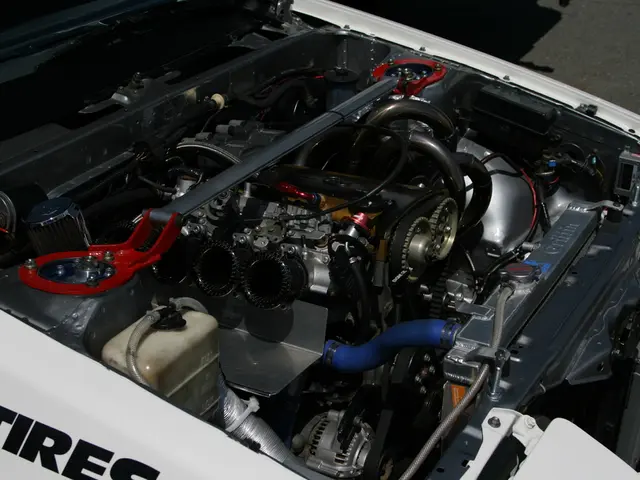Automotive Original Equipment Manufacturers (OEMs) Share Their Top Strategies for Weight Reduction in Vehicles
In the fast-paced world of automotive manufacturing, simplified operations are paramount, especially with high production volumes demanding reliable, repeatable, and cost-effective processes. One key strategy for achieving this is by adopting lightweighting solutions.
Automotive Original Equipment Manufacturers (OEMs) can unlock the potential of high-performance lightweighting by embracing a holistic approach that considers the entire vehicle system, rather than individual parts. This approach, which involves advanced materials and manufacturing techniques, not only reduces weight directly but also enables induced lightweighting — where reducing load in one area allows further weight savings elsewhere in the vehicle.
Streamlining Manufacturing Processes
By introducing injection-molded parts in the Body in White, manufacturers can simplify processes by avoiding complex welding guns and reducing the space needed for processes. This streamlining contributes to maintaining high-volume production efficiency and quality.
Material Innovation and Process Integration
Incorporating high-strength steels, composites, or innovative materials compatible with current manufacturing workflows is another crucial step. For example, ArcelorMittal’s use of advanced steel grades and laser welding consolidates parts, simplifying assembly, cutting production time, and reducing CO₂ emissions.
Leveraging Emerging Technologies
Topology optimization and internal lattices, made possible by additive manufacturing (3D printing), help minimize material usage without sacrificing strength, thereby enabling lighter parts with optimized weight-to-strength ratios. Automated composite manufacturing methods, such as high-pressure resin transfer molding (HP-RTM) or automated fiber placement (AFP), also support the production of lightweight composite parts suitable for high-performance vehicles.
Collaborative Innovation
Partnering with suppliers and technology providers is essential for integrating breakthroughs like sustainable surface treatments, bio-based materials, and enhanced curing technologies that collectively reduce environmental impact while enhancing product performance.
Accelerating Development with Digital Twinning
To expedite development, automakers and suppliers should leverage digital twinning, creating a virtual model of the vehicle for testing and optimization before physical prototypes are needed. Digital twins enable rapid iteration and testing of optimal material placement and geometry, resulting in an accelerated development cycle without sacrificing safety or structural integrity.
In summary, OEMs achieve high-performance lightweighting by combining systemic design approaches, material innovation, streamlined manufacturing processes, and emerging technologies like 3D printing and automated composites. These steps also yield additional benefits such as manufacturing efficiency, cost-effectiveness, CO₂ emissions reduction, and sustainability improvements throughout the workflow.
An innovative approach is key to success in lightweighting, requiring an innovative mindset, exploring new approaches, and collaborating with expert partners. The automotive lightweight materials market has experienced steady annual growth, and it is evident that OEMs are seeking solutions that not only make their vehicles lighter, stronger, and safer but also simplify operations, reduce costs, and mitigate environmental impact.
- Embracing digital twinning technology, automakers and suppliers can create a virtual model of the vehicle, enabling rapid iteration and testing of optimal material placement and geometry, thus accelerating the development cycle.
- To streamline manufacturing processes, manufacturers can introduce injection-molded parts in the Body in White, thereby avoiding complex welding guns, reducing the space needed for processes, and contributing to maintaining high-volume production efficiency and quality.
- Partnerships with suppliers and technology providers are crucial for integrating advancements like sustainable surface treatments, bio-based materials, and enhanced curing technologies, which collectively reduce environmental impact while enhancing product performance in the automotive industry.




